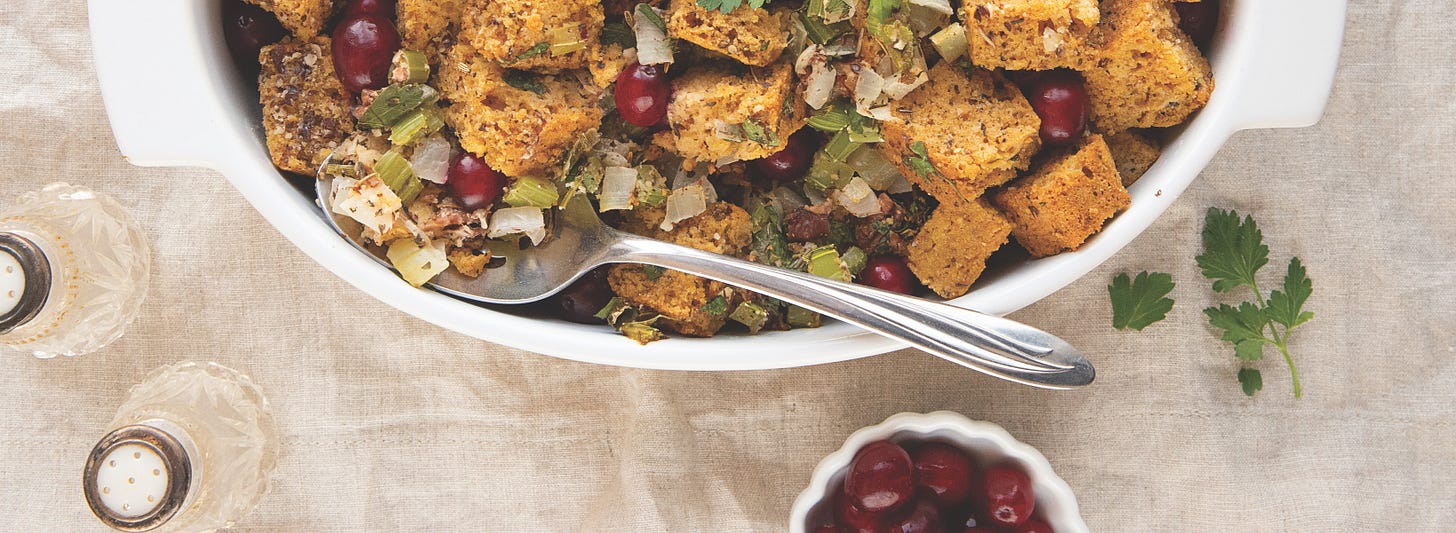The Golf Game that Changed Everything
How a simple conversation on a golf course forever altered my father’s career
In my last letter, I recounted my father’s work at MIT with dioxin. But not all was toxic in Boston. My parents enjoyed living in the big city and often recounted, in later years, their picnics along the Charles River, listening to the famed Boston Pops Orchestra. And it was during this time that I made my entrance into the world. I was born in June, a beautiful time of year in Boston. I don’t remember any of that of course, or anything else about Boston. My father was recruited a few months later to Virginia Tech University by Professor Charlie Engel, founder of its Department of Biochemistry.
My parents packed up their belongings, and with me in tow, headed to Blacksburg, Virginia, and our first house—a white cottage in a middle-class neighborhood in town. We later moved to a small brick home in the Westover Hills community of Blacksburg, where I formed some of my fondest childhood memories, including afternoons playing one-arm football with my dad in the front yard. He could only tackle me using one arm, to even the playing field, so to speak. Sometimes I would win; other times he would win, maybe to teach me how to handle defeat, which I think was smart on his part because I was not good at this. When I lost, it often happened in a cliffhanger, where I thought I might win, then my dad snatched victory from the jaws of defeat. I would stomp into the house, upset at myself and seeking consolation from my mom, who usually had some cookies or other good things in the kitchen to help with the consolation.
I also played with the other kids in the neighborhood and roamed the fields and forests surrounding us. It was an idyllic time, with the only sad memories being the times when my father went on his long work trips to the Philippines.
Dr. Engel had selected my father to serve as the on-campus coordinator of a program in the Philippines focused on feeding malnourished children. He often traveled back and forth, meeting with program staff to ensure the program was functioning as intended. And it was during one of these trips that he had another pivotal experience in his life—this time on a palm tree–lined golf course in Manila. As he wandered around the course with his two Filipino physician friends, he learned from them that there was evidence suggesting that children from more affluent families in the Philippines had higher rates of cancer and other Western diseases compared to children from poorer families.
One of the physicians worked at a high level advising the national government. So, while my father could not directly document this claim, and realizing that the kids from poor families also received less medical care and therefore fewer diagnoses, this story from a seemingly credible source nonetheless got him thinking. In the Philippines, most people at that time were poor, but there were wealthy families who lived among them like royalty. Other than the disparity in their material possessions, the major difference between these groups was dietary: the poor consumed a traditional, more plant-based diet, while the rich consumed a more expensive, animal-centric diet.
Around this same time, my father also learned of a forgotten paper by Indian researchers that suggested animal protein might, surprisingly, contribute to cancer. Indeed, this was such an unexpected result that the researchers themselves dismissed their own findings.
But not so with my father. He started to wonder if what he had assumed about nutrition—that the most important nutrient is animal protein—was false. As I’ve explained, my father grew up on a dairy farm, milking cows, fishing, and hunting. So this thought that had crept into his mind was diametrically opposed to a bias rooted in the deepest part of his soul.
As I explained in my article for paid subscribers, this was one of my father’s greatest achievements—confronting and conquering his own personal bias. It’s what enabled him to commit himself in later years to his deep research on the connection between animal protein and cancer, and later to other chronic conditions. As I explained in that article, this story holds lessons for all of us: unexamined and unchallenged bias is the root of so much evil in our world.
This pivot in my father’s life was soon reinforced by another major life event, this one very personal, which I’ll discuss in my next letter.
PS: We encourage you to consider upgrading to a paid subscription. Paid subscribers receive more in-depth articles and an eBook each month featuring 5-8 new recipes from Kim – and your support will help sustain this publication.
And please share our post to help grow our audience. Thank you!
Cornbread Dressing with Cranberries, by Kim Campbell
One of the secrets to a low-stress Thanksgiving is understanding that some dishes actually taste better when they’re made ahead of time. Stuffing is one of them. When bread has time to soak in flavorful broth, herbs, and aromatics, something magical happens and it hydrates slowly and evenly, allowing the flavors to meld without turning soggy.
This same concept applies to many holiday favorites like soups, casseroles, and even desserts. Giving foods time to rest helps ingredients deepen in flavor and develop better texture. It’s why your grandmother’s stuffing tasted even better when you reheated it on Friday.
So if you’re hosting this year, take advantage of this little piece of kitchen wisdom: don’t be afraid to prep ahead. Dry your bread or cornbread early, sauté your aromatics the day before, and let the mixture rest so the flavors have time to bloom. When the big day arrives, you’ll spend less time overwhelmed in the kitchen and more time enjoying the people around your table.
Here is the recipe for cornbread dressing with cranberries:
https://plantpurecommunities.org/main-entrees/cornbread-dressing-with-cranberries-2/

